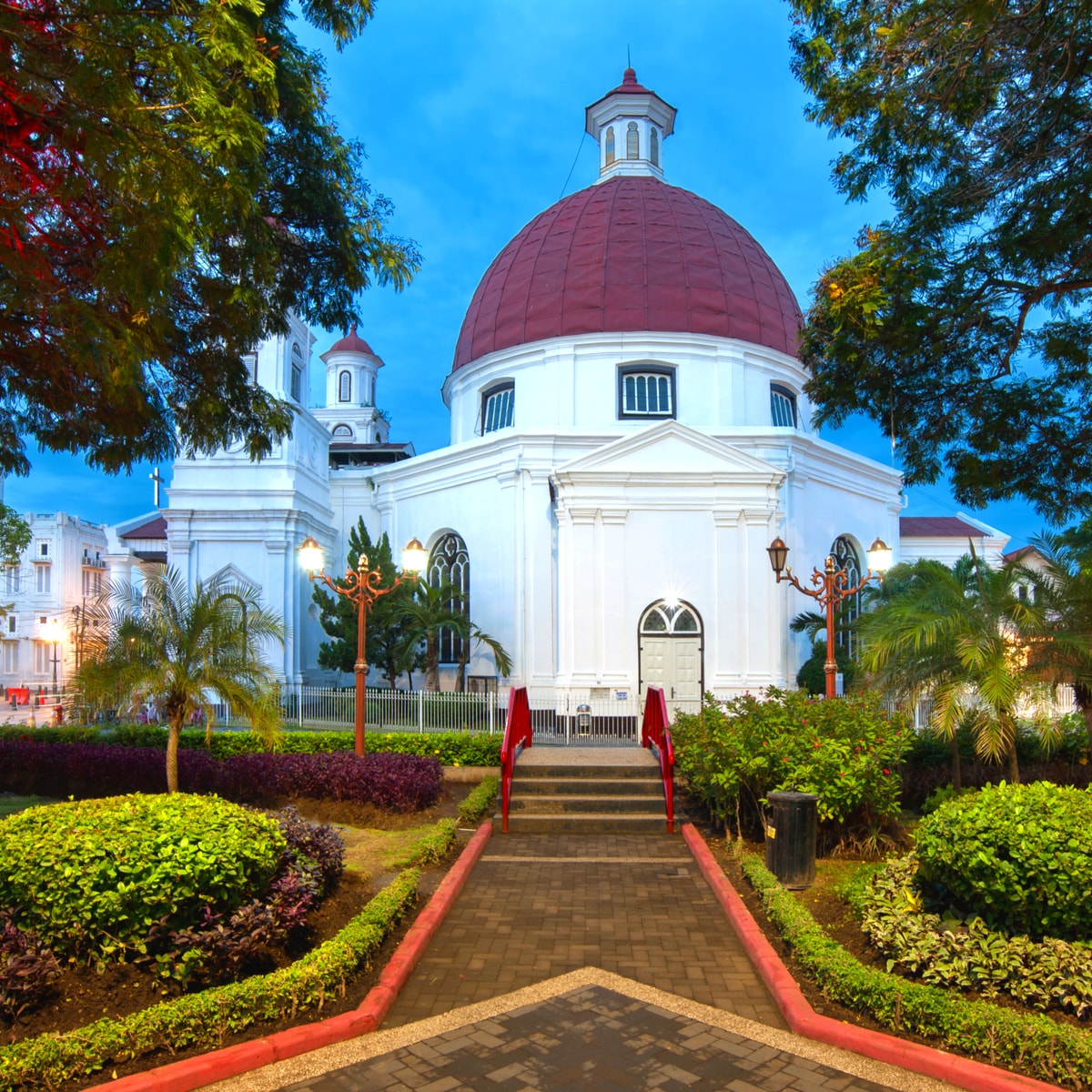On May 21, 1873, the Ambarawa Railway Station was built and named the Willem I Railway Station since it was the Dutch King Willem I who ordered its development. There were two types of railways running from Ambarawa. The 4ft 8.5in gauge passing Kedungjati to the northeast, and the 3ft 6in gauge line running south towards Yogyakarta via Magelang. Ambarawa was a hub between the two regions having different gauge sizes.
As the operation of the 3ft 6in gauge line was planned to close down, the Ambarawa Railway Museum was built and opened on October 6th, 1976 to preserve the many locomotives and all the cars. The most important component among others in its preservation was the cog railway, or rack-and-pinion railway lines, that enabled the running train in Ambarawa to climb. The rack was placed between the running rails and pinions would function exactly on the rack so that the train could run on a steep inclining slope.
The rack can today still be seen along the line between Jambu and Secang. Another such line in Indonesia can be found in Sawahlunto, West Sumatra.The town of Ambarawa is 474 meter above sea level, while Jambu is 478 meters, passing Bedono at a 711 meter altitude at a less than 5 kilometers distance. The line then descends to Secang at 466 meters above sea level. Most of the lines were closed in the 1970s with the development of better road systems between Semarang and Yogyakarta that made railways a slow option. Nowadays a small number are still operational for tourists and charters during the dry season from June to August.
Children at villages would come and cheer the train as it passes by. It’s quite a spectacle for both passengers and villagers. As a travel writer, Phillips Game put it, it’s the ‘Queen of the Mountain’.
Today, the Ambarawa Railway Museum preserves 21 steam locomotives, with four still operational. Among the steam locomotives are two B25 0-4-2T B2502/3, from the original fleet of five used by the line around 100 years ago. A B2501 is now preserved in a nearby town’s park. The rest are the E10 0-10-0T E1060 that was once used in West Sumatra’s Sawahlunto, and the 2-6-0T C1218, a conventional locomotive. Old furniture, telephones, and train signals and bells are also part of the collection that could reveal exciting stories about old Java adventures.
For more information on rates to ride the train, here is the address:
Museum Kereta Api Ambarawa
(Ambarawa Railway Museum)
Jalan Setasiun no. 1, Ambarawa.
Phone: +62 298 91 035
































